In part 1 of our discussion about how to evaluate your running gait, we talked about why it’s important to get a gait analysis and went over the Foot Posture Index FPI - 6 as the gold standard for evaluating degrees of pronation or supination in the feet to identify what gait a runner probably has and how we can in turn use that information to make recommendations of what kind of running shoes to purchase so the runner performs at their best.
If you missed Part 1, read it here:
HOW TO EVALUATE YOUR RUNNING GAIT - PART 1
At the end of the discussion, we addressed the need to also evaluate the upper body posture as that can have an affect on the lower body extremities and that will give us a holistic picture where we can incorporate corrective exercises that will in turn more effectively improve a runners performance and lessen the risk of future injuries.
In The PreHab Exercise Book for Runners – Fourth Edition, author Michael Rosengart introduced the following Assessments and Movement Evaluations as part of the A.M.A.S.S. Method to help individuals select the most appropriate PreHab Exercises to include in their training program.
These basic assessments and movement evaluations inform an individual how his or her body is performing in regards to movement.
More importantly, these assessments and movement evaluations help highlight limitations in Mobility (Flexibility and Joint Range of Motion) and Stability (Motor Control and Coordination) that hinder an individual’s ability to move well, let alone perform his or her best.The A.M.A.S.S. Method is a strategic approach to PreHab that is divided into five main stages, all of which are represented in the acronym.
The first ‘A’ represents the first stage: Assessing an individual’s Alignment and Movement Quality.
Within the A.M.A.S.S. Method, Assessments are prerequisites before a ‘prescription,’ or selection of PreHab exercises, can be formed to address the following stages of Mobility (M), Activation (A), Stability (S) and Strength (S).
More specifically, these sequential stages focus on improving Mobility (Joint Range of Motion as well as tissue Flexibility and Responsiveness).
Activate the essential muscles required in training or performance, Stabilize joints to create maximize Body Control and Movement Efficiency, and finally, Strengthen the body in specific qualities, i.e. force production, force absorption, force resistance, speed, agility, skill development, and more.
Yet, it all starts with the first ‘A’: Assessment.
From: PreHab Exercises
“STATIC POSTURE
Assess if the Head, Shoulders, Spine, Hips, and Ankles are in Neutral Alignment.
ANTERIOR (FRONT)
• Are the Ears parallel with the floor?
• Are the Shoulders parallel with the floor?
• Are the Hips parallel with the floor?
• Do the Knees align with the Hip Socket and center of the Ankles?
• Do the Ankles collapse in towards the Midline of the body?
LATERAL (PROFILE)
• Is the Head level?
• Are the Hips level with the floor?
• Do the Ears align over the Shoulders, Hips, and Ankles?
• Look for Forward Head Posture, Rounded Shoulders, excessive curvature of the Spine, and a tilted Pelvis (Hips).
POSTERIOR (BACK)
• Are the Ears parallel with the floor?
• Are the Shoulders parallel with the floor?
• Are the Hips parallel with the floor?
• Do the Knees align with the Hip Socket and center of the Ankles?
• Do the Ankles collapse in towards the Midline of the body?
Incorporate PreHab Exercises, starting with Mobility training, for each region (Neck, Shoulders, Hips, Ankles) that fails to exhibit Neutral Alignment.”
This Static Posture & Alignment Assessment gives you a good overview of both upper and lower body posture.
There are other detailed assessments looking at more specific areas of the body, such as the head/spine , shoulder. hip, and ankle, just to name some other areas.
For a more detailed postural assessment, please contact me to schedule an appointment, but this is a good place to start if you’re doing it yourself.
Below is a gallery of some soft tissue therapies you can incorporate into your Prehab routine based on how you evaluated your posture:
From: PreHab Exercises
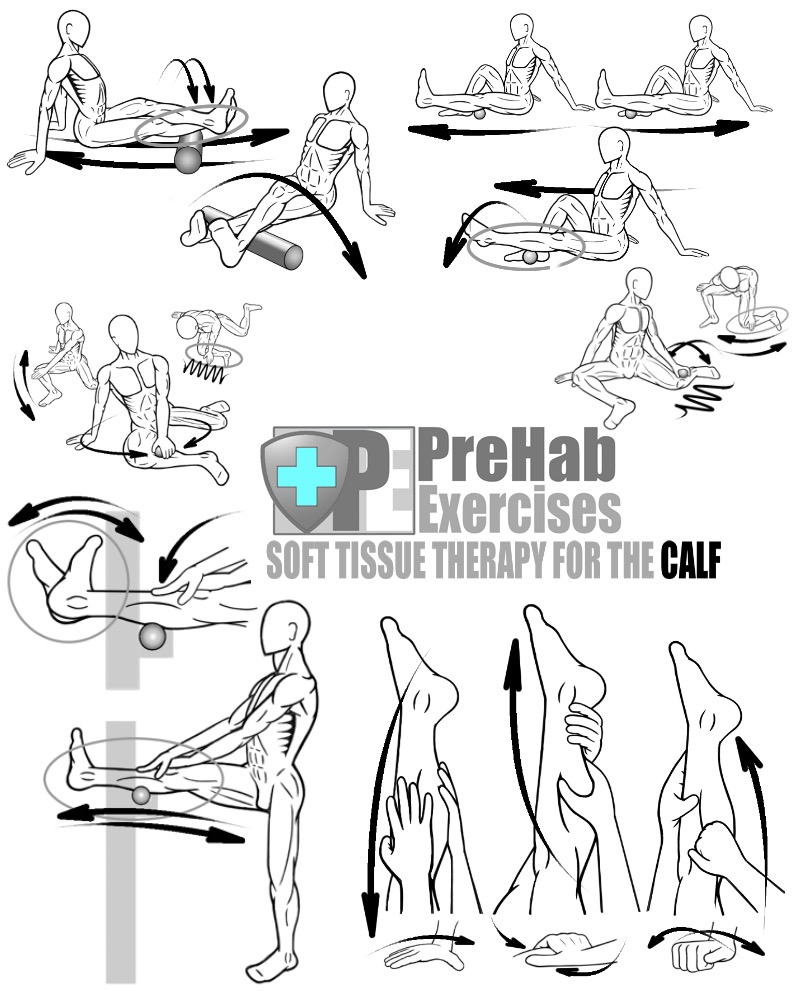
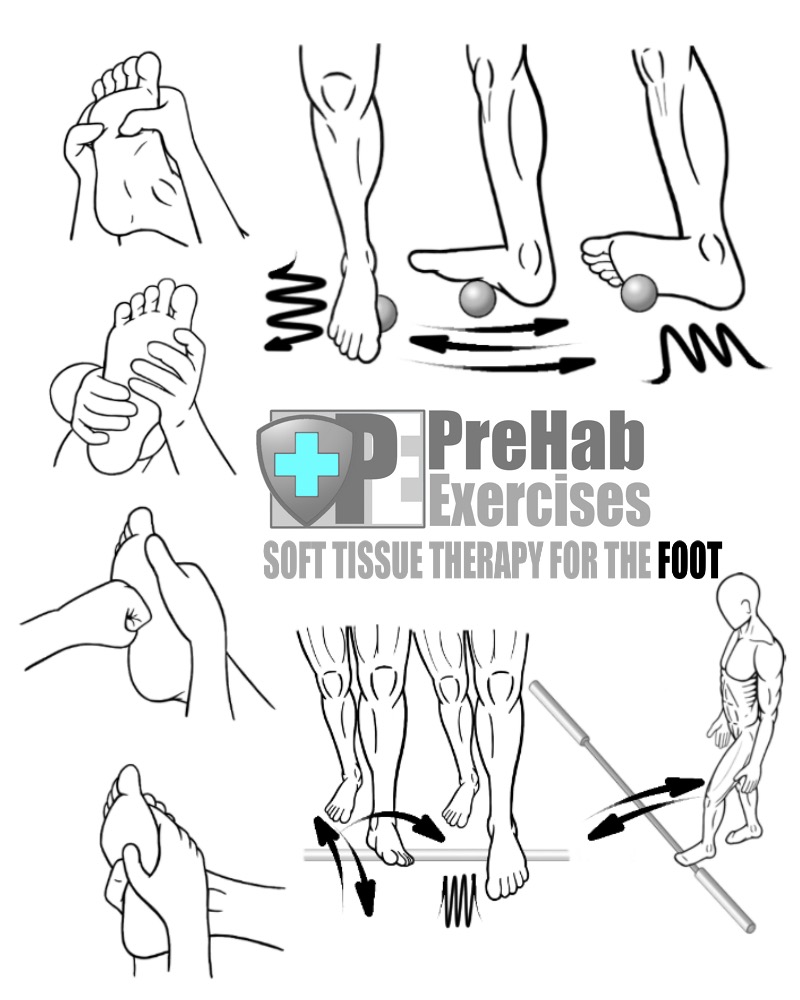
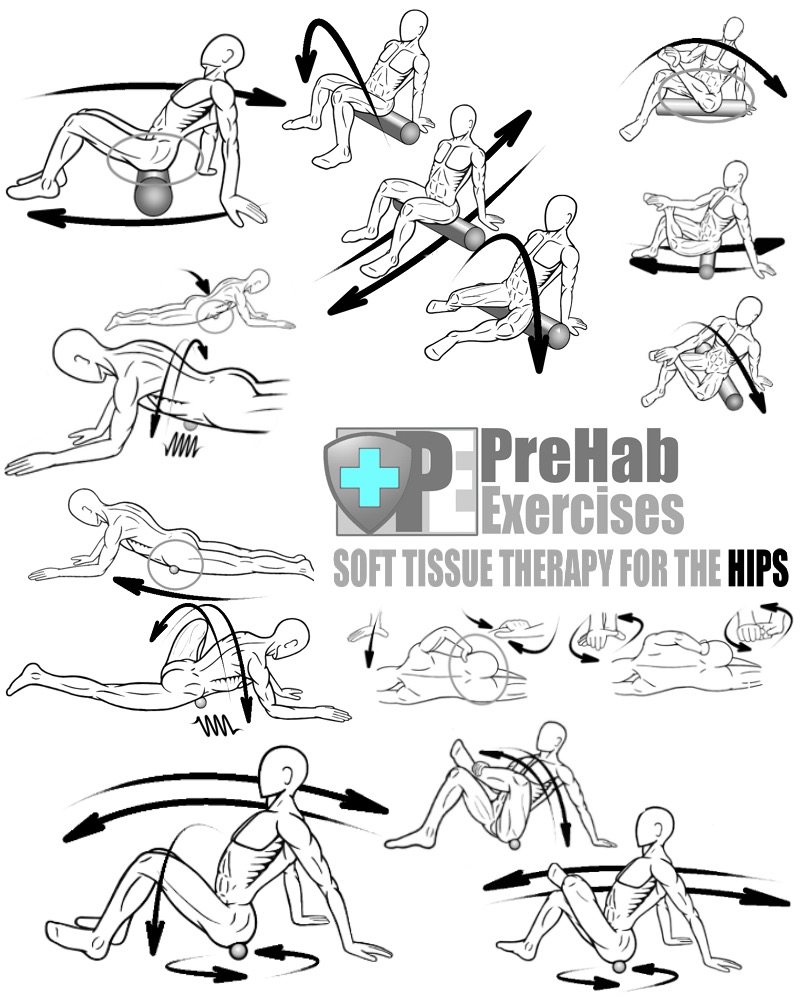
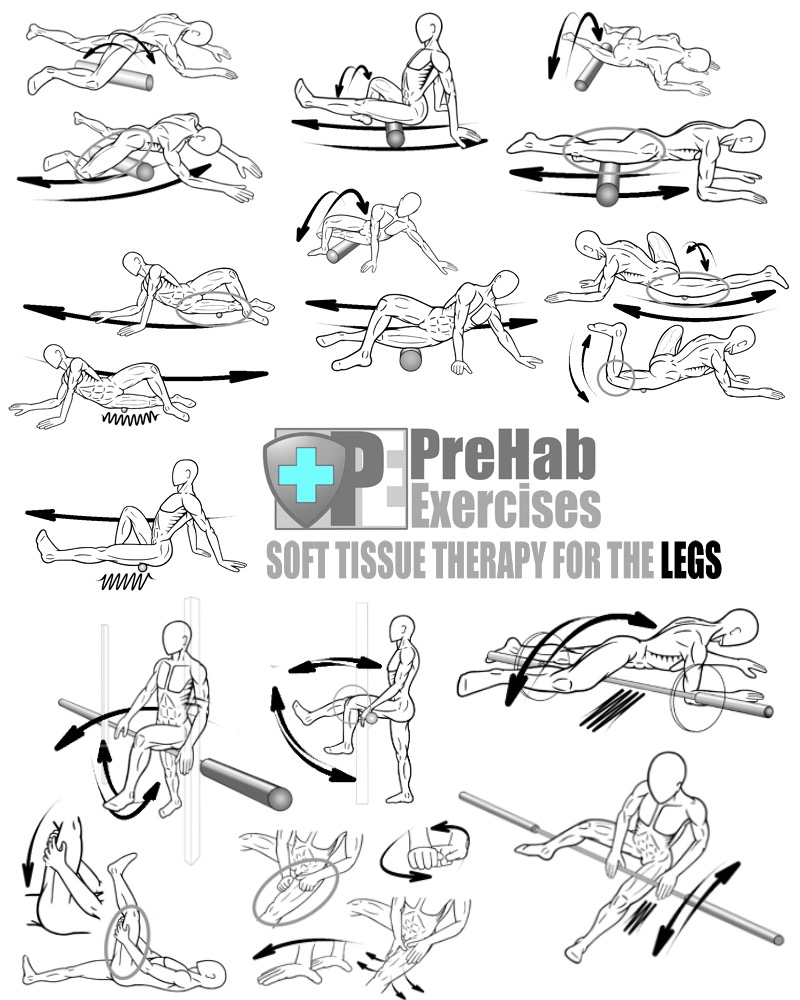

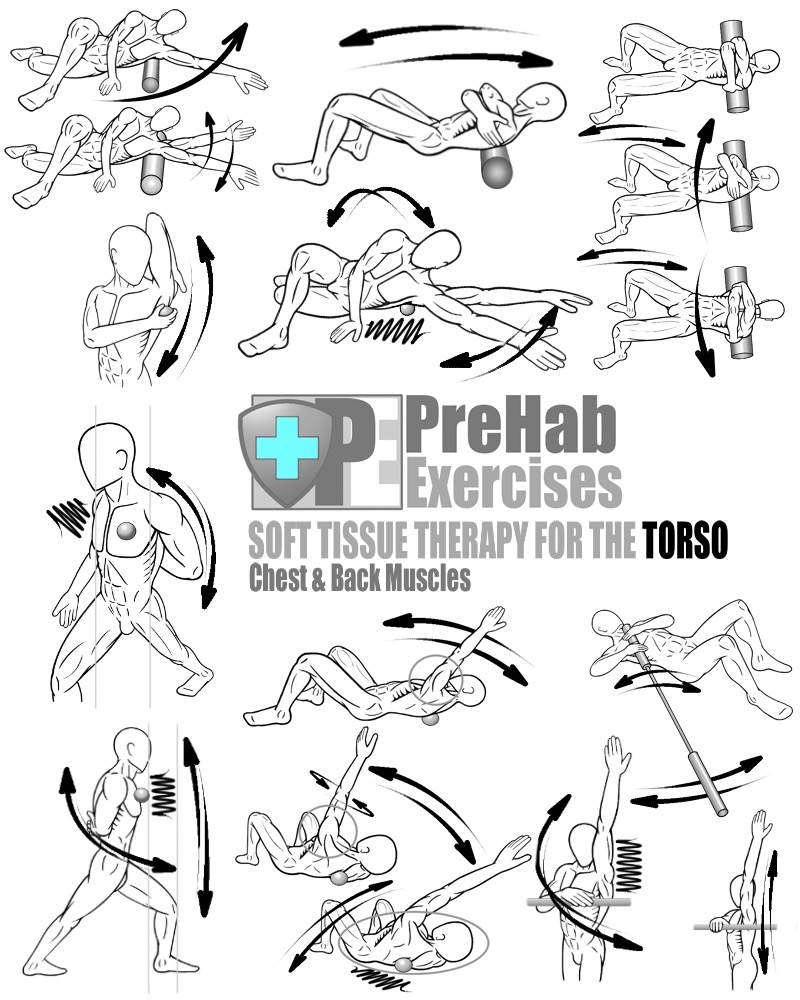
Until next time - ENVISION, BELIEVE, EXECUTE and SUCCEED
To your health!
DMP Fitness
Your Goals + Our Design = Get You Fit
Darryl Perrilloux
Owner/Master Trainer
Mobile: 832-736-3664
Email: Darryl@dmpfitness.org
Web: www.dmpfitness.org
Sources:
https://www.prehabexercises.com/basic-assessments-and-movement-evaluations-for-runners/



